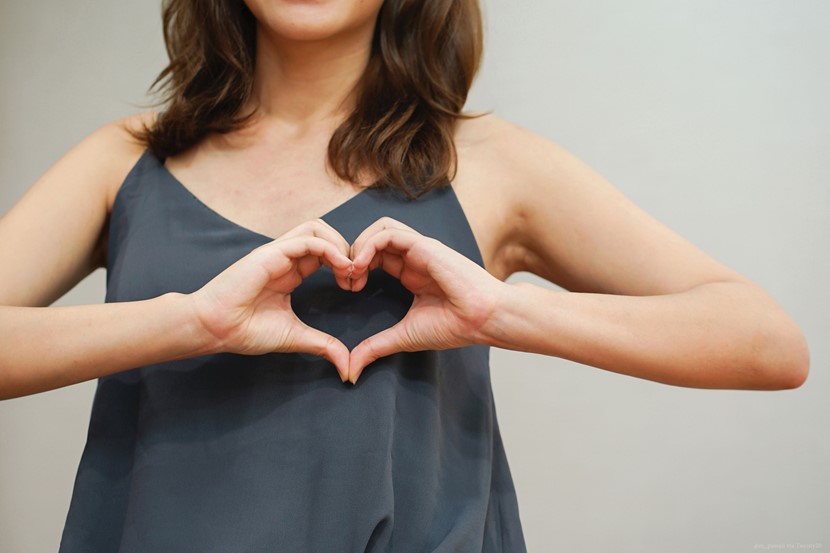Nipple Care

Nipple Care
As your baby is feeding from your breasts keeping them clean is important, it is best to wash nipples with water only as soaps remove the natural protective oils. Breast milk and baby's saliva have healing properties which help with cracked and sore nipples (see below). After feeding or washing, gently rub a drop of breastmilk on to the nipples and let it dry.
Sore or cracked nipples?
It's funny how we all think and hear that breastfeeding is so natural and wonderful, yet for many learning how to breastfeed properly can be a bit of a mission and you can end up causing short term and fixable damage to your nipples. The latching on process and mastering the art of it does take time and it is so worth it to hang in there! You can do it! The pain will eventually go and you'll be so happy to stuck in there! And the upside of breastfeeding and not giving up is that long term - it helps bonding with bubs, it's convenient - you don't have to sterilise bottles all the time etc, you don't have to pack extra bottles etc in the baby bag and it's free!
So how do you relieve and eliminate sore and cracked nipples?
For a start - it's about learning the right technique, having baby latching on properly (see our guide to breastfeeding) and feeding from the breast.
Look for the cause of the sore nipples:
•Check your position.
•Check baby's position.
•Wait for baby's mouth to open wide and see that the tongue is down before baby takes the breast.
•Break the suction with your little finger before taking baby off the breast.
•Check the shape of the nipple after baby comes off. It should be round, not squashed or flattened.
•Have your doctor/midwife/Plunket nurse check the baby for thrush (white spots in mouth and white tongue long after having fed).
If nipples are still sore talk to your health worker.
Once your breast is cracked and sore try to continue breastfeeding if you can. Some mothers continue to feed even though the nipple bleeds during a feed simply to build the milk supply up. Another option during this time is to express milk and bottle feed this milk to baby. If it's too sore to continue breastfeeding, discuss your options with your LMC you may need to give baby a few formula feeds just until your breasts have healed enough to continue on. It's easy to feel guilty about even giving baby a couple of formula feeds, just remember your long term goal in doing this is to be able to breast feed your baby for as long as you plan to and having this brief time out is better than being completely put off it and going straight to the bottle instead.
Caring for your breasts after the damage has been done.
Don't be discouraged if breastfeeding hasn't panned out as you thought it would and you're in pain! There is light at the end of the tunnel and if you can bare with it for a week or two (hopefully just days) it will go away and you will experience the wonderful world of pain free breast feeding.
The best way to care for dry cracked and possibly bleeding nipples is to keep them mositurised. The product on the market that comes highly recommended by midwives, mums and OHbaby! is Purelan by Medela you can get it at any pharmacy. Put a generous amount of Purelan on your nipple, then cut some small squares of glad wrap (yes Glad wrap) and put them over your nipple and put your bra back on. The Glad wrap works with your natural body warmth to increase the moisturisation and healing process faster. It also stops the nipple from lying hard up against your maternity bra which then absorbs the Purelan more than your nipple does. Having your bra directly against the nipple immediately after breast feeding can also cause the still damp breast to dry on the bra causing pain as you unstrap your bra again to breastfeed as the nipple sticks to the bra.
Another product you can use to keep the bra away from your nipple is breast cups. Breast cups are cups placed over the nipple and stop it from touching the bra, they are also handy if your breasts are engorged causing the nipple to lie flat or if you have inverted nipples as they surround the nipple and the pressure from your bra being closed draws the nipple out. It you are using Purelan and glad wrap you can and should still use breast cups over top if you need to.
You'll find that when you start breastfeeding the initial first 30-60 seconds are painful and then the pain will ease or go away. Continuing to use the Purelan and glad wrap until the pain is gone is recommended. Note: Be careful also to make sure you use clean glad wrap each time and while purelan is fine for baby wiping it off your nipple before your feed can avoid a sticky breast and baby's face.
Most of all - hang in there, it can be really painful but it will get better!

